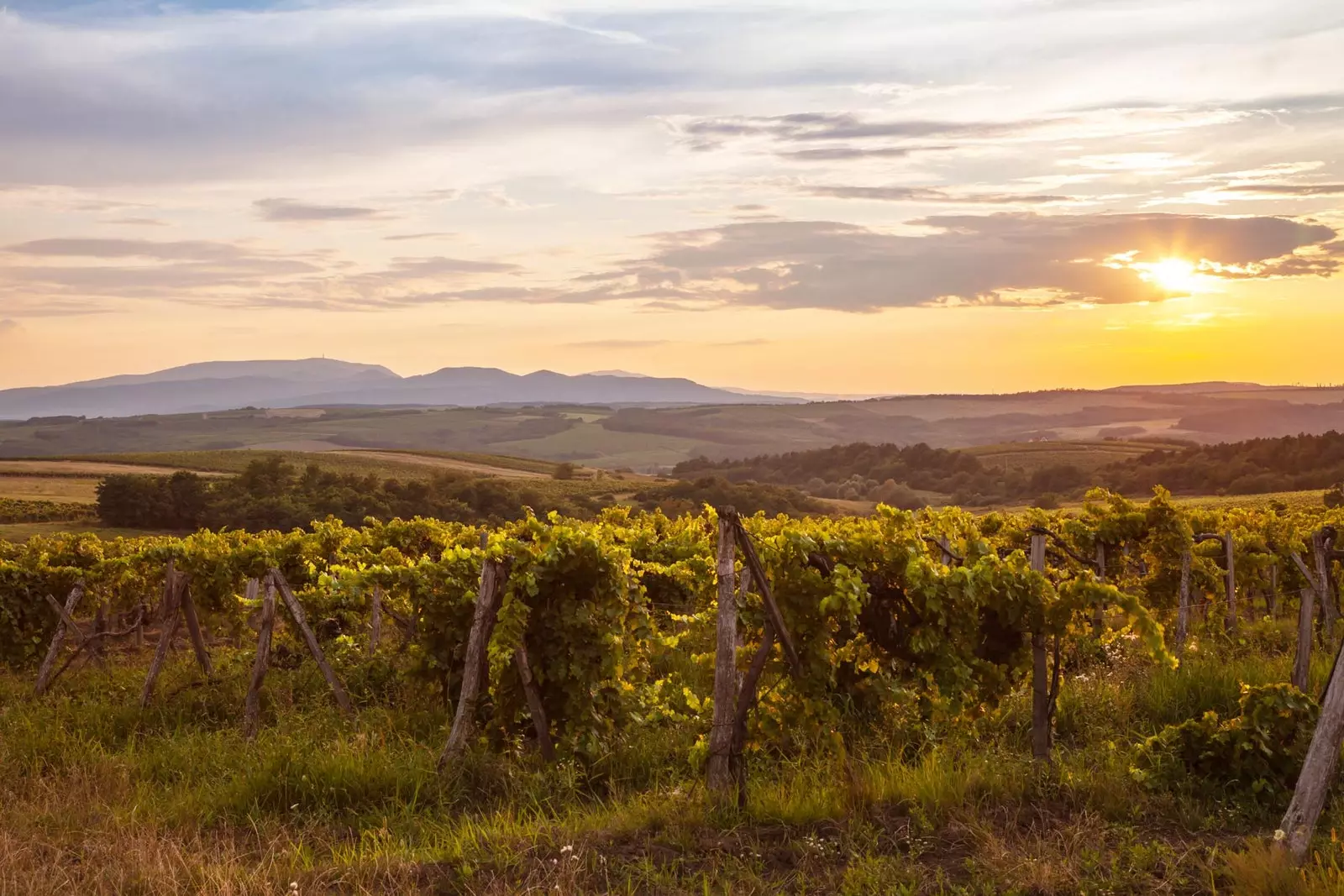
Eger, land of Hungarian vineyards
125 kilometers, or, in other words, an hour and a half by train. That is the distance in space and time that separates Budapest, the Hungarian capital, from Eger, the second largest city in the entire country.
And this is so despite the fact that the first impression when one steps on the floor of the station is that of having traveled to the most rural setting imaginable. do they really live here 54 thousand people ? That's right: this beautiful enclave northeast of Budapest is home to all of them although, at first, it's hard to believe.
A bland street flanked by houses leads us to where, according to the signs at the foot of the road, is the epicenter of Eger.
We come with a clear objective: to discover absolutely everything that has to do with Bull blood, name by which, colloquially, the wine that is made in these parts.
And yes, we know that precisely in the old town of the city, Probably, we will find few vineyards… But who cares! Since we are here, we will have to take the opportunity to do a bit of tourism, right?
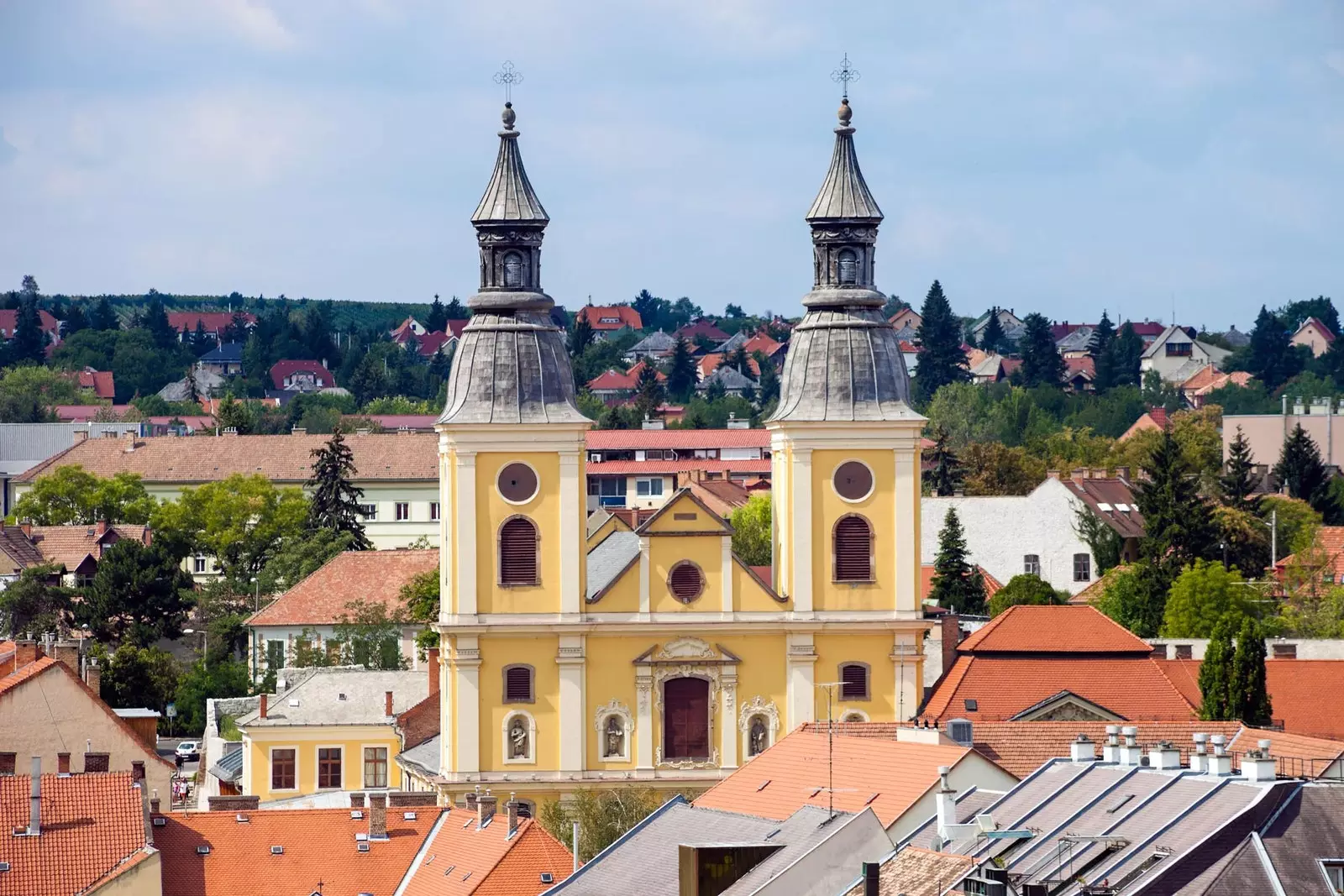
Eger: the capital of Hungarian wines
So, fleeing from figures and preconceived ideas, we came across, almost by chance, the immense basilica of Eger. The word that comes to mind when contemplating it is "splendor", especially because its neoclassical-style façade designed by József Hild in 1836.
We will be in luck if our trip coincides with any of his incredible organ concerts. The acoustics are impressive. Shortly after we reach Dobó István, the main square of Eger and heart of the city.
here you breathe the authentic essence of this little corner of Hungary, and in it are some of the most emblematic places that, of course, we want to visit.
And the first thing we find without making too much effort: in the center of the square stands a sculptural group that represents, precisely, Dobó István –Famous Hungarian soldier– and his comrades ending the Ottoman siege.
An event that took place in the year 1552 and that was a historic milestone as it was a spectacular victory: two thousand Hungarian defenders managed to defeat the one hundred thousand Turks who fought to remain in Eger.
Quite a display of patriotic heroism. As they say, a fundamental role was played by the women of Eger, who fought tooth and nail –and with containers of boiling oil, it must be said– to defend their territory.
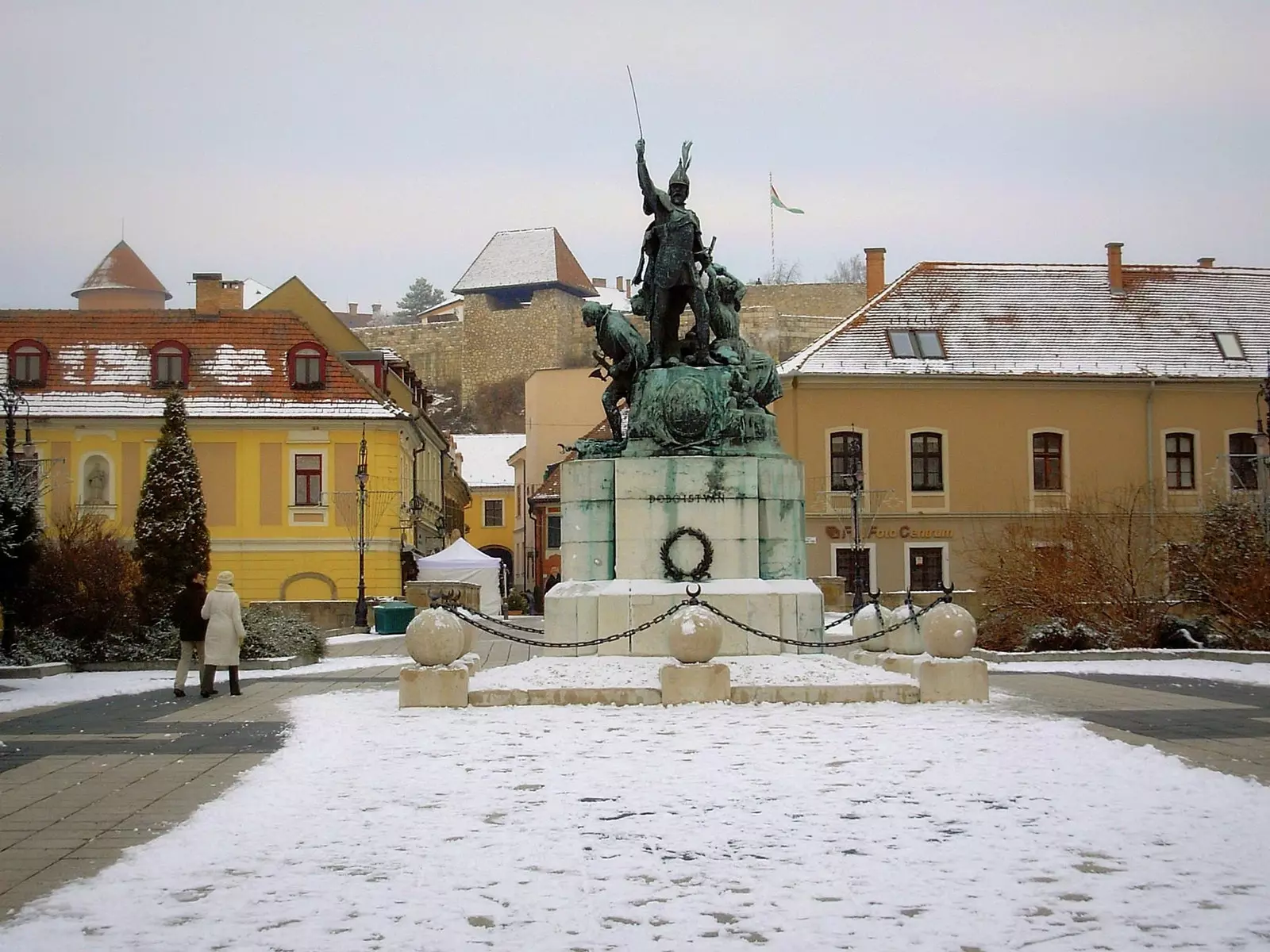
The sculpture of Dobó István and his comrades in the main square of Eger
On one side of the square stands the minor church of San Antonio de Padua, Possibly one of the most beautiful Baroque buildings our eyes have ever seen – and I'm not kidding!
The beauty of its façade is only a prelude to what we will find inside. And here's an aside: we already know that the initial plan was very different from doing ecclesiastical tourism... But believe us: we wouldn't stop here if it wasn't worth it.
Built in the 18th century on what was previously a Franciscan church – and before that, a mosque used during the Ottoman rule – the temple has a couple of corners that are well worth our attention. On the one hand, the red marble altar by Martin Szeleckty. For another, the wonderful frescoes that decorate the ceiling.
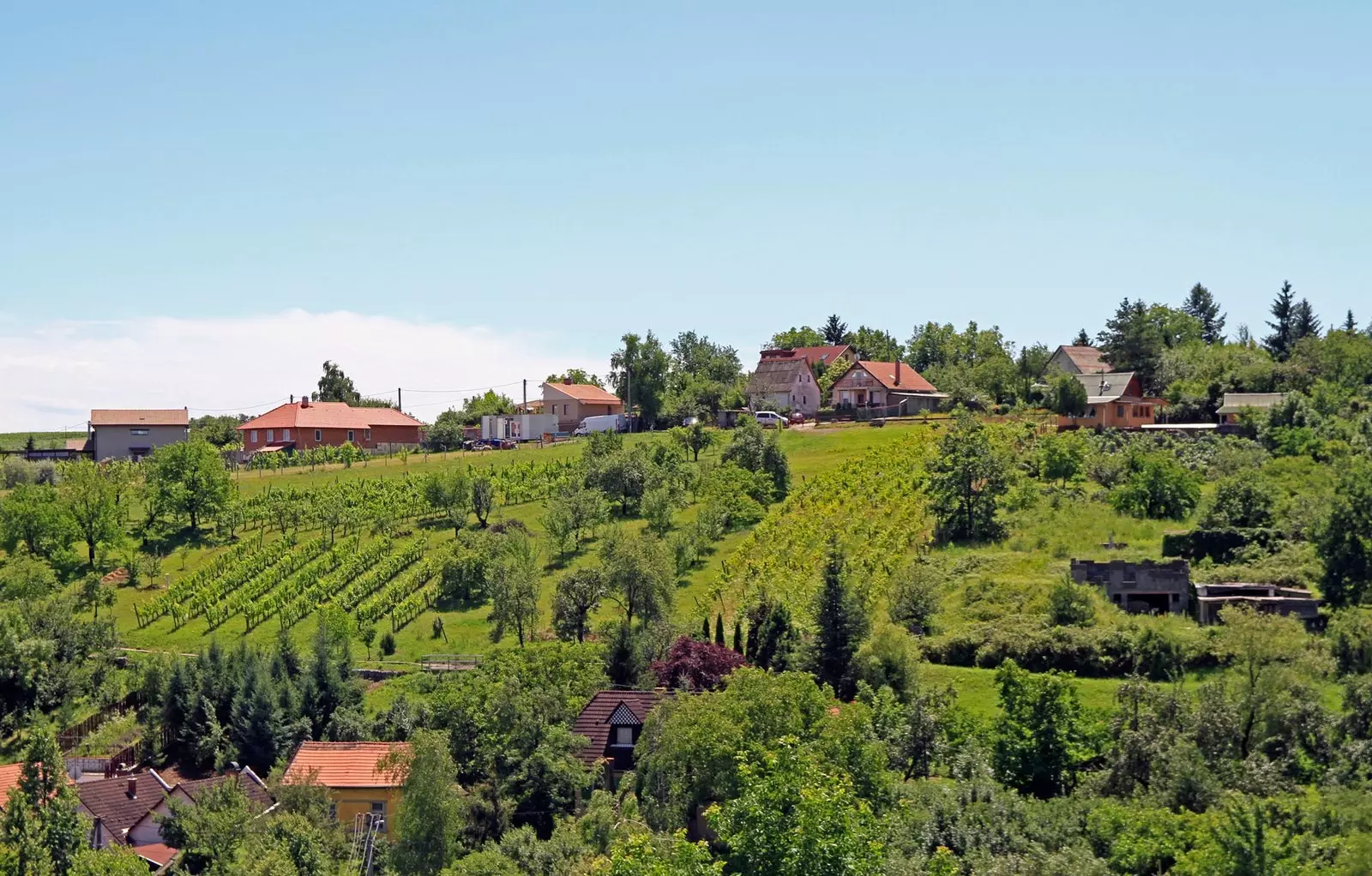
Wine lovers: this Hungarian getaway interests you
The square, with its benches, planters and shops, streams of local activity as we head for the bridge that crosses the small creek. Here the road changes: suddenly the cobblestones make us travel with the imagination some centuries ago.
The facades of buildings, not more than two stories high, they turn multi-colored while we move forward seeking to impregnate ourselves with the "Egerian" essence. There is also color in your pots: that of the flowers that decorate each place giving it that magical touch of a fairy tale that we like so much.
businesses advertise artisan objects in which wood is the main protagonist. We also meet restaurants where you can taste the local gastronomy. With bars on whose terraces you can enjoy a snack.
Hotels whose appearance catches us. And of course with wineries in which to go tasting those wines with so much personality that we have been looking for.
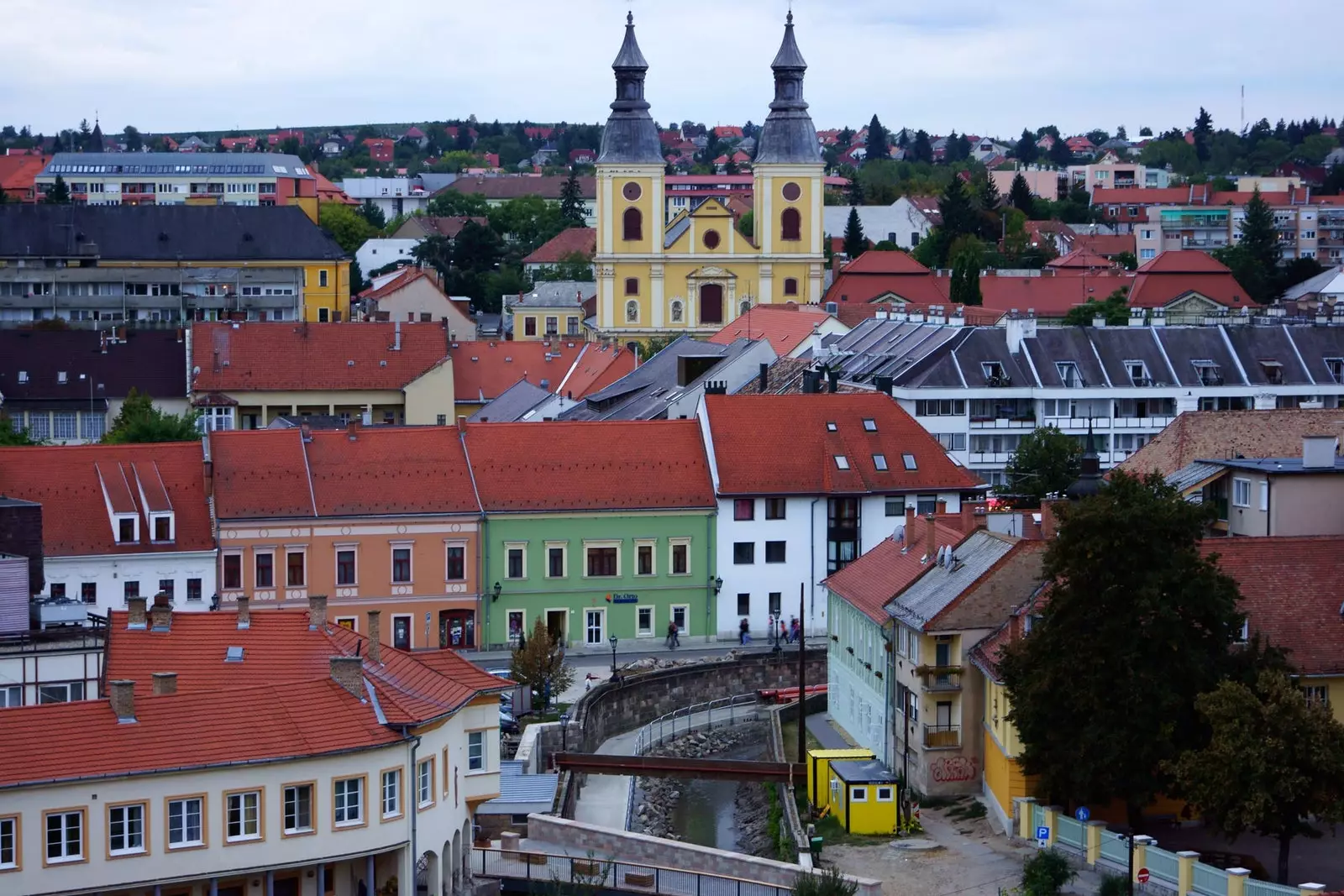
Eger, an enocultural getaway a hour and a half from Budapest
But wait. Why in such a hurry? You have to learn to be patient in life, so before tying the blanket around our heads, we decided to go to another of Eger's emblems: its minaret.
40 meters high and built in red sandstone, It is the northernmost minaret of all that are preserved.
It belonged to a 17th-century mosque that no longer exists today and climb to its balcony, some 26 meters –and 97 steps– from the ground to contemplate the city from the heights, it is something essential.
Yes, be careful! It is an activity not suitable for claustrophobics. And it is already known: the one who warns is not a traitor.
And we go on! Just a few meters from the minaret, crowning the city, is the imposing castle of Eger. So why not take a look?
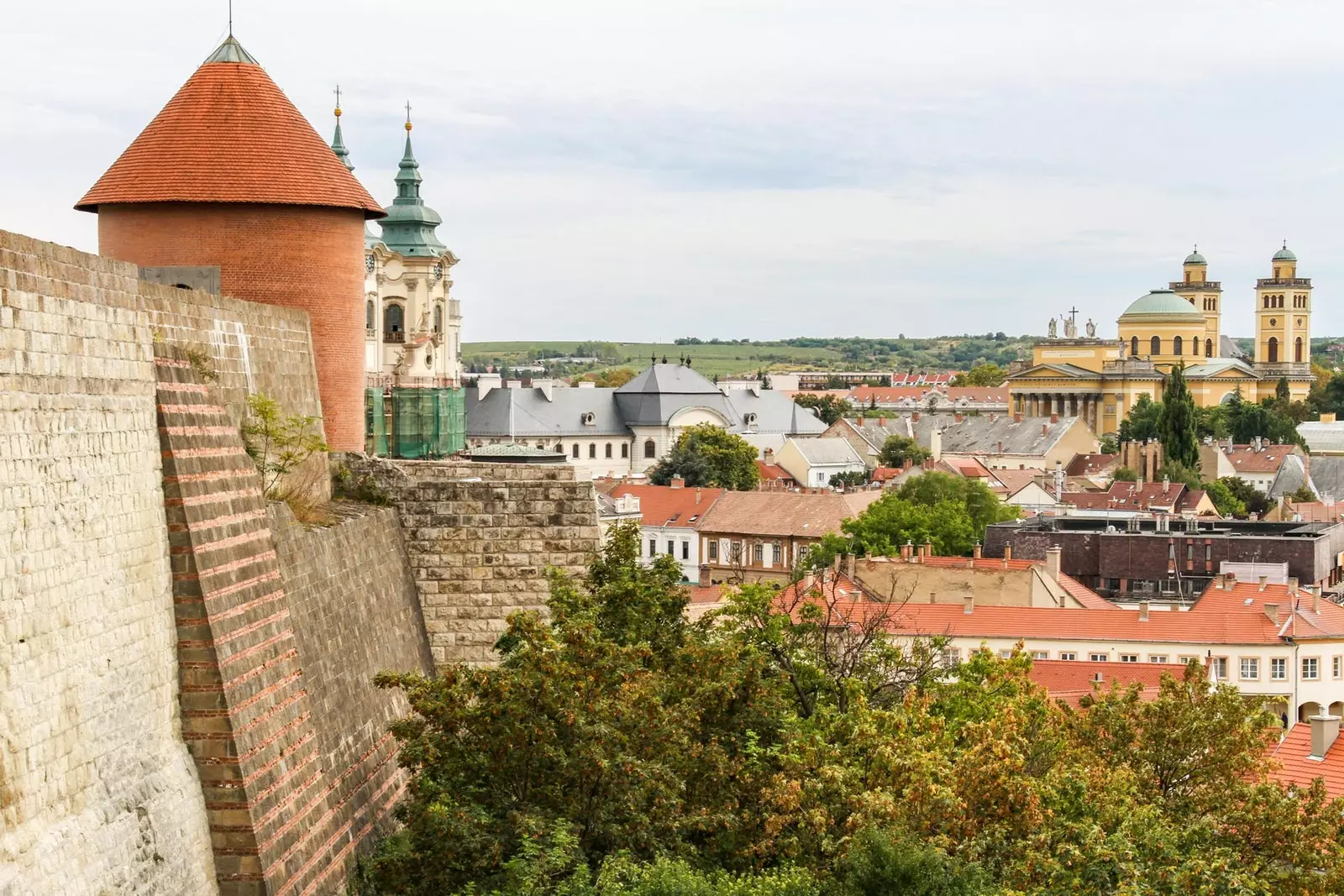
The views from the castle of Eger
Although what can be seen today is the product of a fairly modern reconstruction, the origin of the castle dates back to the thirteenth century. In what is known as Hall of Heroes stands out a statue of the already named Dobó István, and on the east side you can still see the remains of the old cathedral of San Juan.
There is the interesting option of taking a guided tour of the casemates carved into the rock that rise under the castle. We went up Várköz to access the viewpoint. If these are better or worse than those already admired from the minaret, it will depend on the taste of each one...
A short stop at the cute **Palacsintavár Étterem,** a restaurant specialized in all kinds of crepes –sweet, savory, vegetarian or made with the ingredients that our particular inspiration tells us– will satisfy us and prepare us for the imminent wine tasting.
Whether on its elegant terrace or indoors, among dozens of paintings, prints, and the most varied objects, we give free rein to our sweet tooth. Aim well: the sweet crepes are a real wonder.
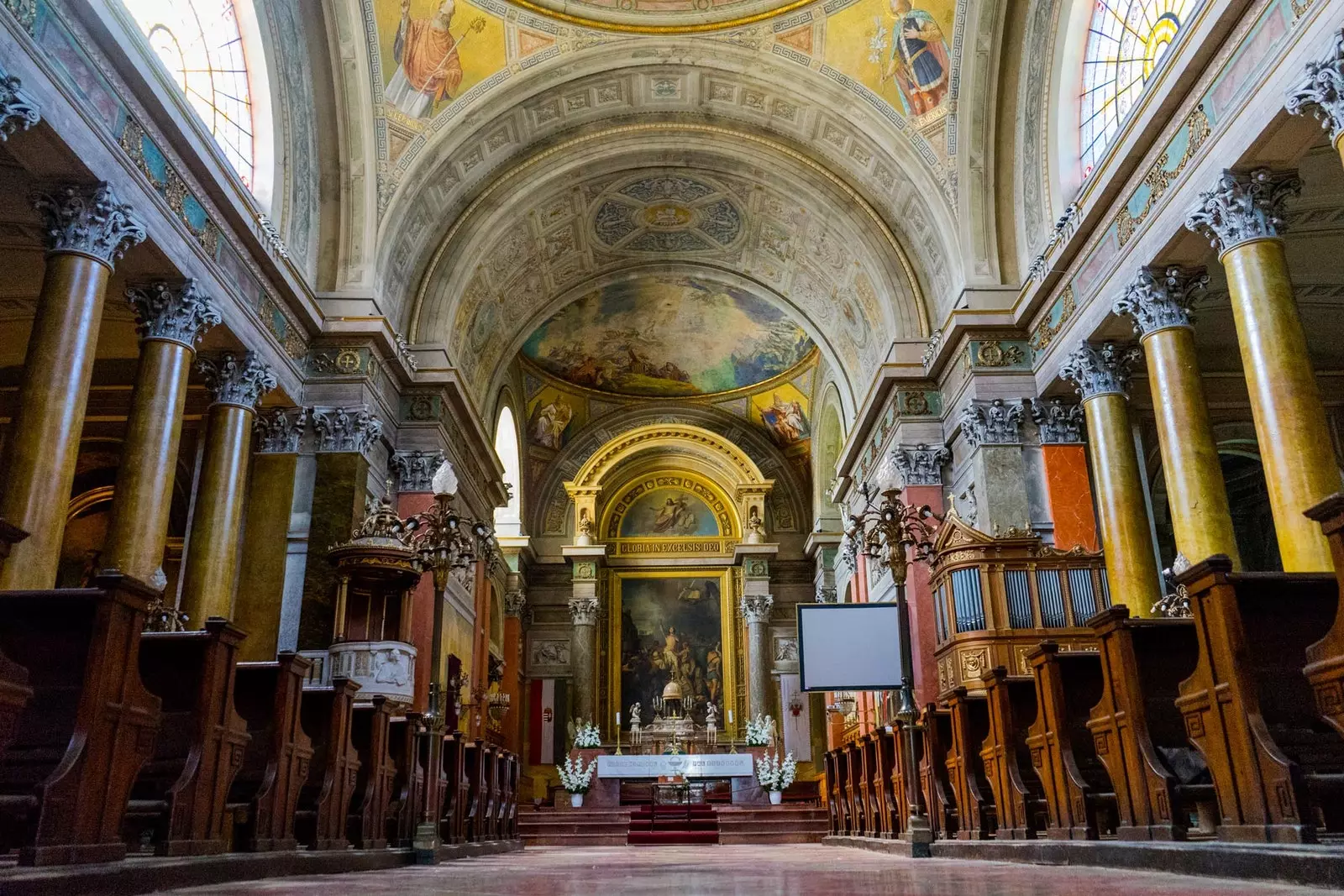
Interior of the old cathedral of San Juan
And now yes: the time has come. We can take a walk or we can take a taxi from the center of Eger to travel the kilometer that separates us from the so-called Valley of the Beautiful Women: a most evocative name that does true justice to our next stop.
Between immense vineyards and rural roads, we will know that we have reached the destination when we contemplate, in front of us, the 24 wineries that make up this peculiar place: the heart of the Blood of the Bull.
And why this name? You will be wondering. And since we do not like to leave you with any kind of doubt, we tell you. Although for this we must go back to the time of the Ottoman siege.
Legend has it that Dobó István, before the conflict, gave his men the red wine of the land to drink. This not only gave them more value – unconsciously, of course – but he also dyed their beards a deep red.
the Turks, seeing them, they believed that what they had taken was bull's blood, and that from there came its strength and virulence. An affirmation that they began to transmit from one to another and that, curiously, has survived to this day.
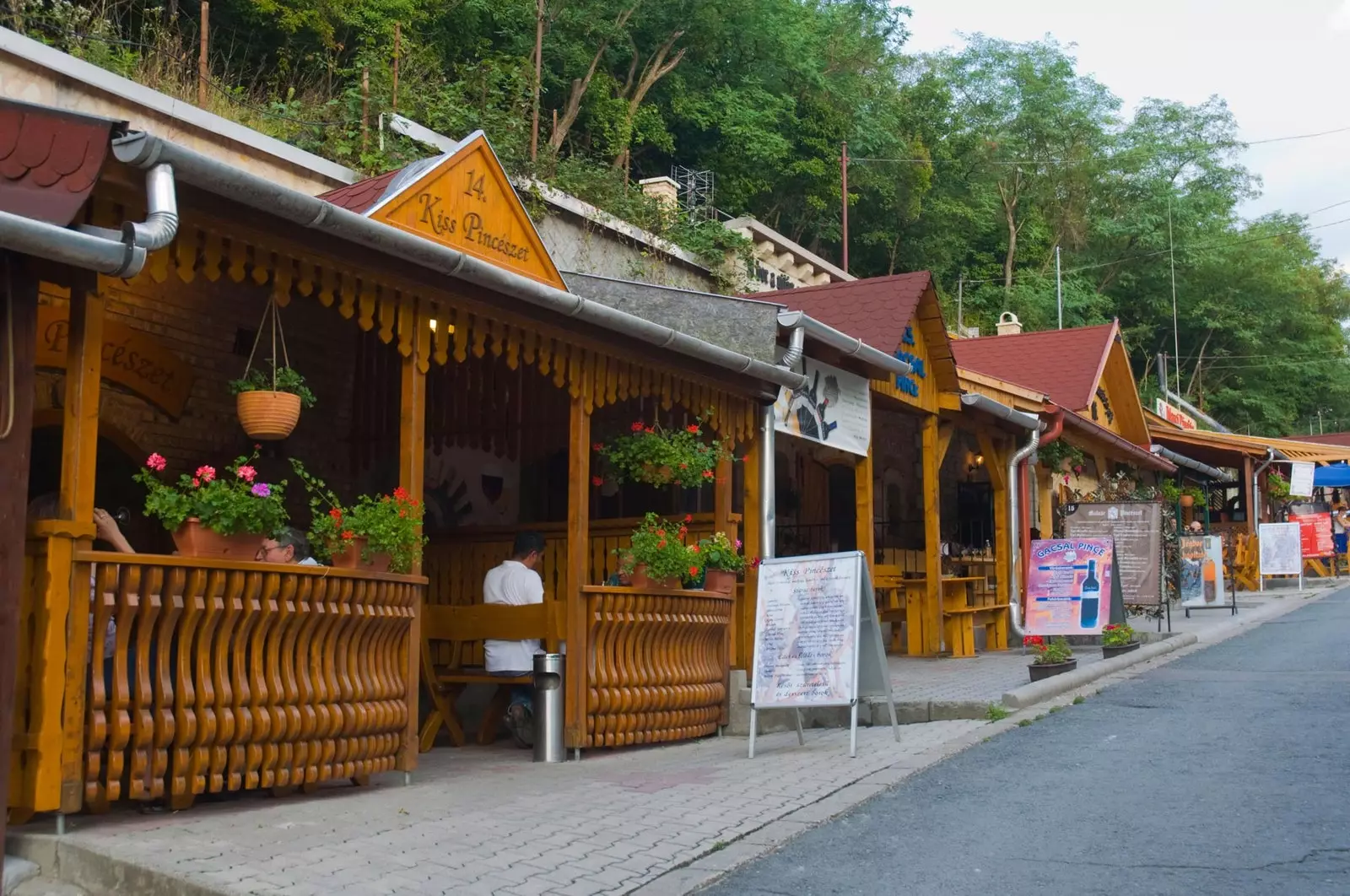
Which winery to choose? That's the question
It will be difficult to choose which of the 24 wineries to start with –and which ones to follow, obviously–, but the best thing in this case is sit in the one that most attracts our attention. Some of them opt for a more modern style. Others, however, accumulate years and years of history.
In Villa Wanda, In the warmth of a blanket courtesy of the house and sheltered on its covered terrace, we have a good account of three of its wines. How to choose them? A good idea will be be advised. The letters are usually in Hungarian and trying to understand them, believe us, is an absurd task. We say it from experience.
Egri Bikaver is the name given to the wine produced in this region of Hungary, also considered the most famous in the country. It is a full-bodied red that concentrates in its flavor the history of the soils where it is produced, the unique climate in which it is made and local traditions and customs.
Although it comes from more distant times, The first record of these wines corresponds to 1912. Since then, the production, classification and control mechanisms have been modernized, and today three types can be differentiated according to their quality: classic, superior and grand superior.
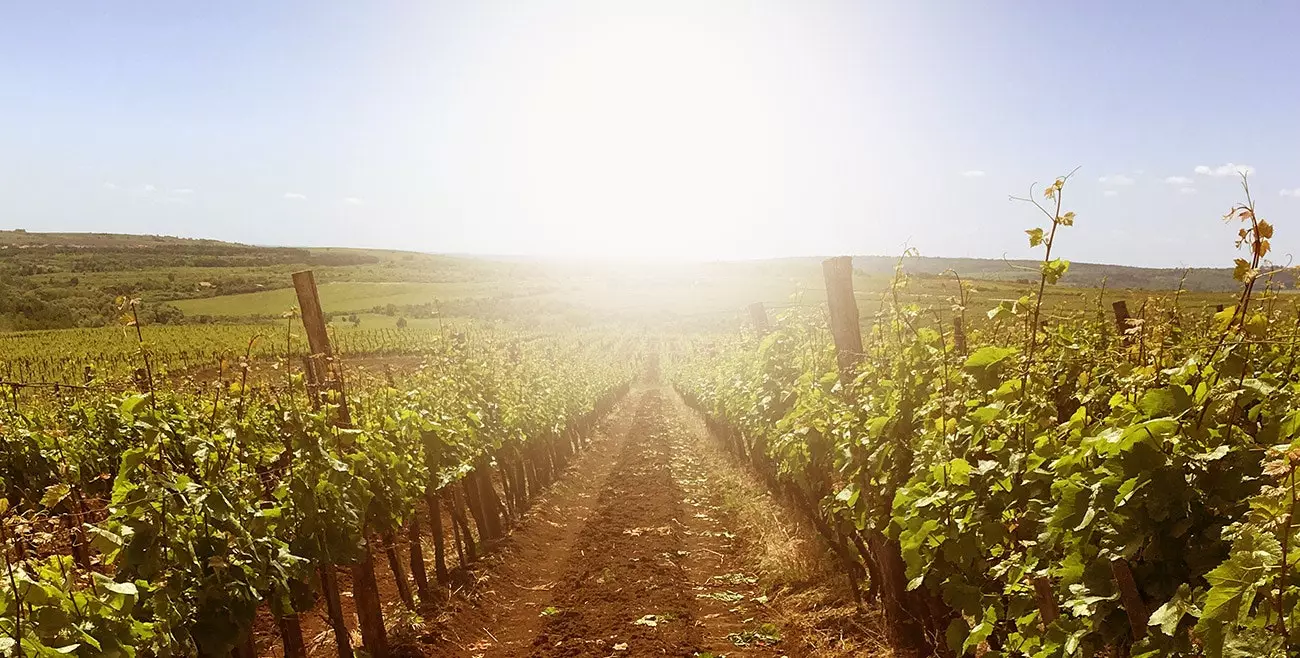
Villa Wanda, a good place to taste Egri Bikavér wine
We move up Sike Tamas , one of the most beautiful and elegant wineries in the Valle de las Mujeres Hermosas. We only need to go through its door to plunge into an underworld in which we allow ourselves to be enveloped without shame by the intense smell of wine that emanates from its barrels and its old stone walls.
With 100 meters long, it is in the innermost area where the small oak barrels are located in which it is stored up to 70 thousand liters of wine.
Another 100 thousand liters also rest here, although already sealed in their respective bottles. We sat down at one of its peculiar tables ready, once again, to taste the product. Something that we will continue repeating in as many wineries as we want –and let's hold on!–.
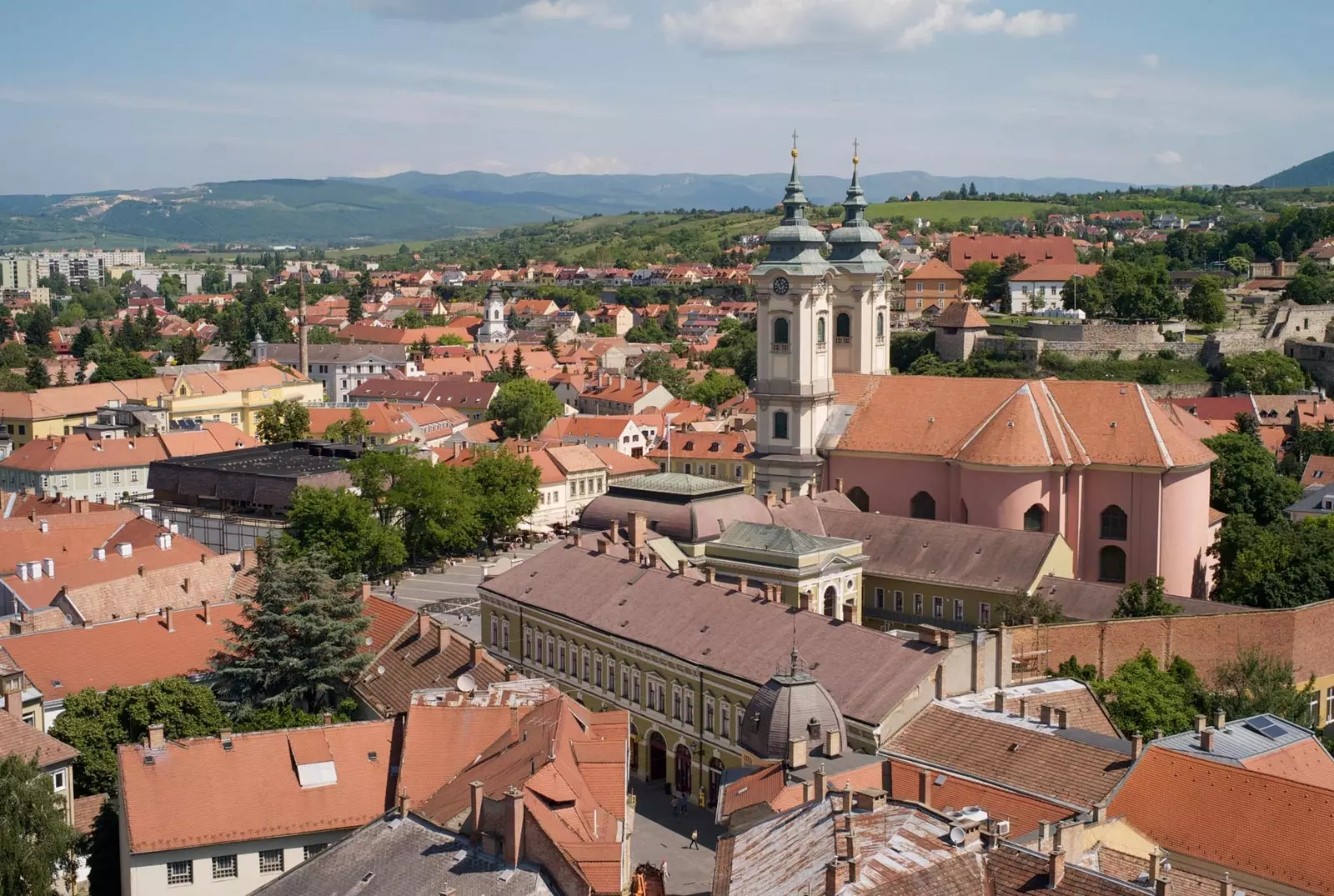
But before tasting the wine... let's go sightseeing!
Willing to find the best point and end to the day, we go to ** Eger Termal **, the thermal baths of Eger: a universe of peace in which to relax and let ourselves be loved.
We soak in this historic spa that was built over a bath from 1617 and that today it has five swimming pools, saunas, hammams, and even a Turkish bath.
We decided to pamper ourselves and Give us the taste of some of their treatments. A massage will be enough to be clear that the word PLEASURE, in capital letters, is precisely this experience that we live.
We don't need anything else to be happy. And with the memory of the last hours lived We get back on the train back to Budapest.
The same one with wooden seats and soft rattle on the rickety rails. The same one that brought us to Eger early in the day. The same one that brings us back to the real world.
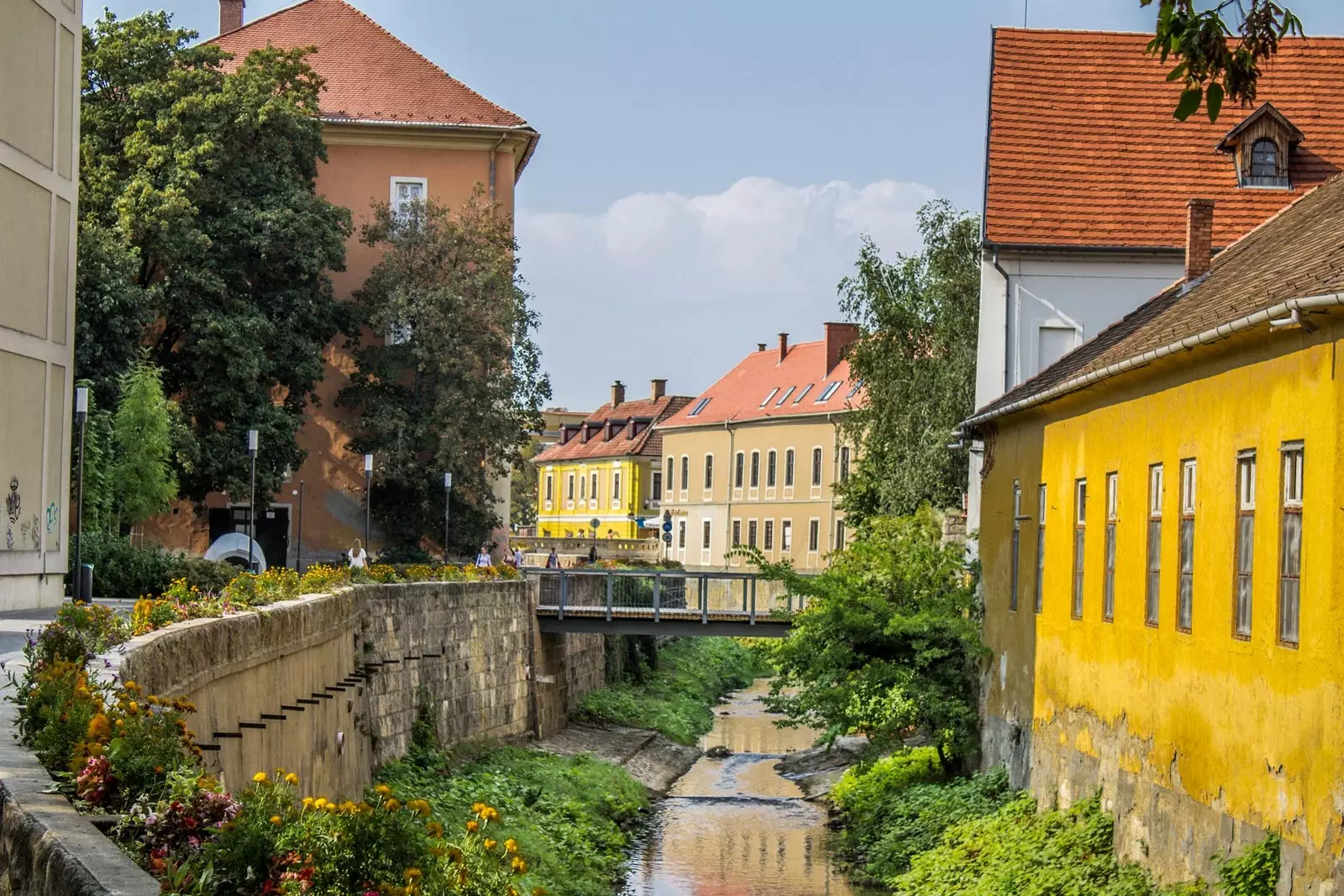
The multicolored facades of the buildings brighten every corner
